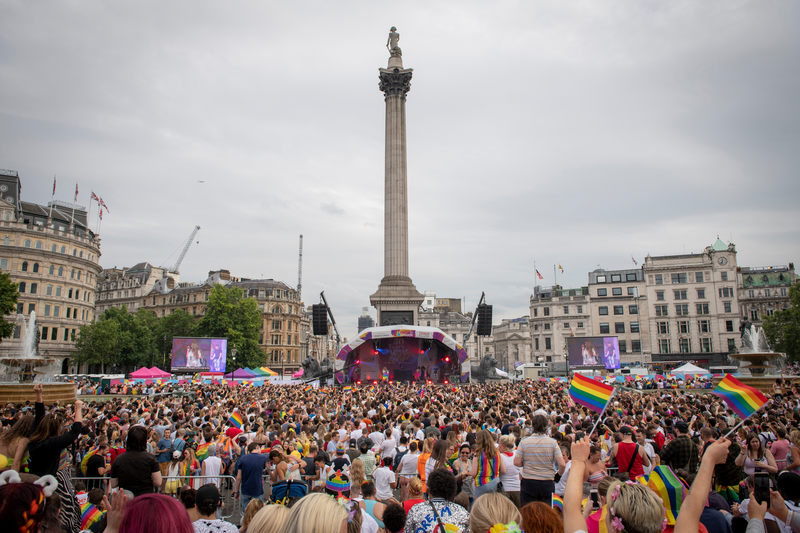The 51st Pride in London event took place on Saturday, celebrating the three core Pride values of visibility, unity and equality. More than a million people lined the streets of the capital to show support for the LGBTQIA+ community.

Since the outbreak of AIDS in the 1980s, Pride and HIV have been closely linked. However, while in years gone by an HIV diagnosis was usually terminal (claiming over 40 million lives), these days the treatments available enable those with HIV to live long and healthy lives. Along with advancements in treatment, one of the most crucial factors has been the increase in testing, meaning people are diagnosed and treated earlier, preventing further transmission.
These days, much of the focus is on combatting the stigma surrounding HIV and AIDS (which was formerly referred to as ‘the gay plague’ by the media). However, recent figures show that there are now more heterosexuals being diagnosed with HIV than gay and bisexual men. This is despite the Covid-19 pandemic causing a 33% drop-off in heterosexuals testing for HIV, compared with only a 7% decrease in gay and bisexual men. Among the new cases in heterosexuals, there was also an even split between men and women, further reflecting how HIV is now an issue facing the wider population rather than just gay and bisexual men.
Newfoundland is launching the world’s first integrated HIV self-test to be available on the high street, making it possible for people to test themselves without the need to book or wait for an appointment. The test is simple to use and provides results in as little as 15 minutes, without the need to send anything off to a lab and wait for results.

The UK government aims to end new HIV cases by 2030. If this is to be accomplished, then it will require the whole population to embrace a culture of regular testing, particularly the heterosexual community, who remain less aware of the risks of contracting HIV.